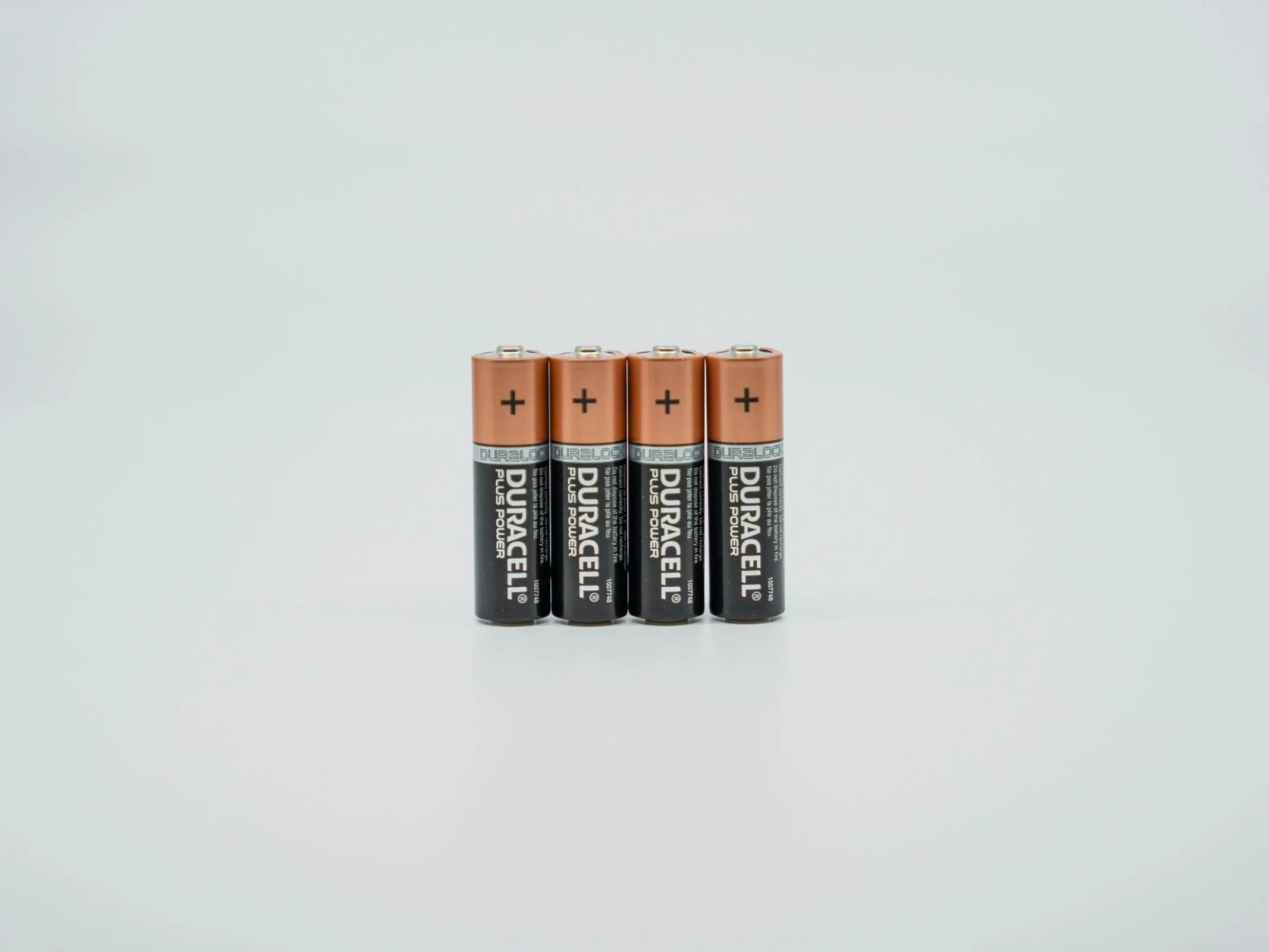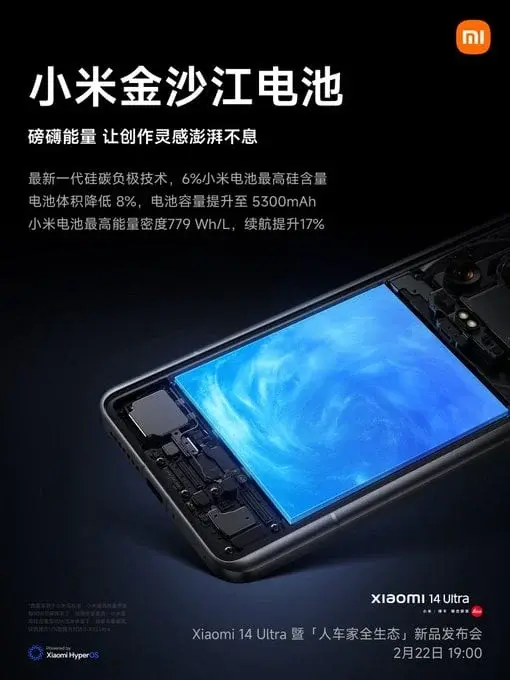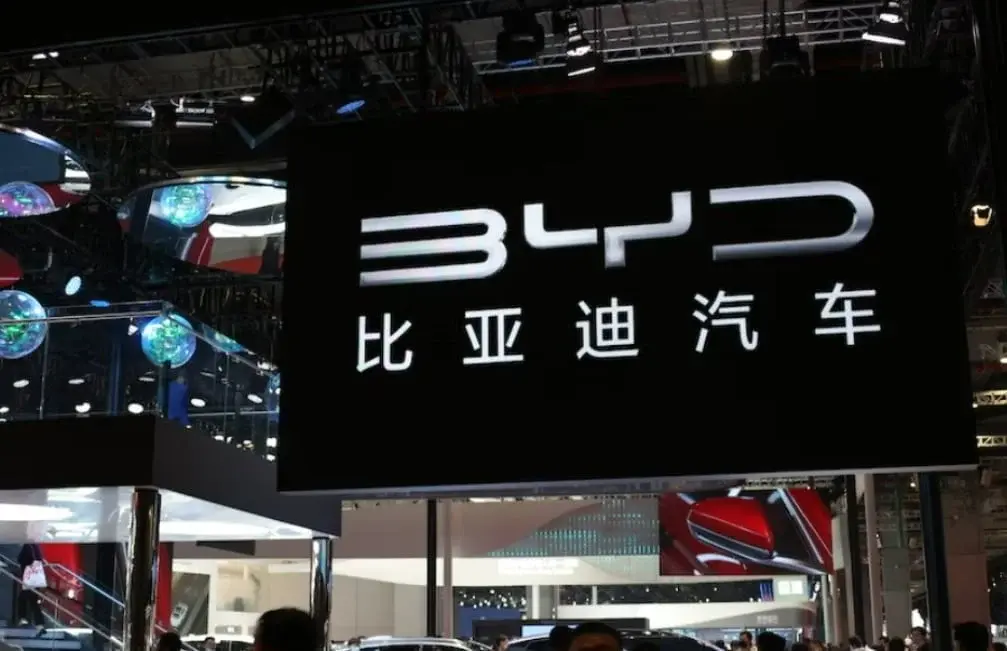Key Takeaways
1. New Composite Anode: Researchers developed an anode using tin nanoparticles in a carbon matrix instead of traditional graphite.
2. Improved Charging and Lifespan: The new batteries charge quickly (in 20 minutes) and last over 1,500 charge cycles.
3. Higher Energy Density: The innovative anode achieves 1.5 times the energy density of standard graphite anode batteries.
4. Enhanced Structural Integrity: The tin nanoparticle anode reduces volume expansion, leading to better structural stability.
5. Versatility in Battery Technology: This new approach shows promise for both lithium-ion and sodium-ion batteries, enhancing their performance.
Batteries play a crucial role in the performance of various modern devices like laptops, smartphones, and electric vehicles, but they often present challenges. Key areas needing enhancement are charging speed and battery life. A team from Pohang University of Science and Technology alongside the Korea Institute of Energy Research has introduced a new composite anode that could address these problems.
Innovative Material Use
Rather than relying on graphite, the researchers from South Korea have opted for tin nanoparticles that are embedded in a robust carbon matrix for the anode material. These tin nanoparticles are created through a sol-gel method followed by a heating process known as chemical reduction. This method ensures that the tin nanoparticles are evenly spread throughout the durable hard carbon structure.
Enhanced Battery Performance
According to findings published in the journal ACS Nano, these advancements have led to better structural integrity and reduced volume expansion when compared to typical graphite anodes. Consequently, this innovation results in a greater energy density in the battery cells, along with improved electrochemical performance. In simpler terms, these new batteries charge more quickly and have a longer lifespan.
When a lithium-ion battery utilizes an electrode composed of tin nanoparticles within hard carbon, it can endure over 1,500 charge cycles with rapid 20-minute charging times. Additionally, the energy density achieved is 1.5 times that of standard batteries featuring a graphite anode. This cutting-edge battery technology also demonstrates strong stability and enhanced kinetics in sodium-ion cells.
Source:
Link










